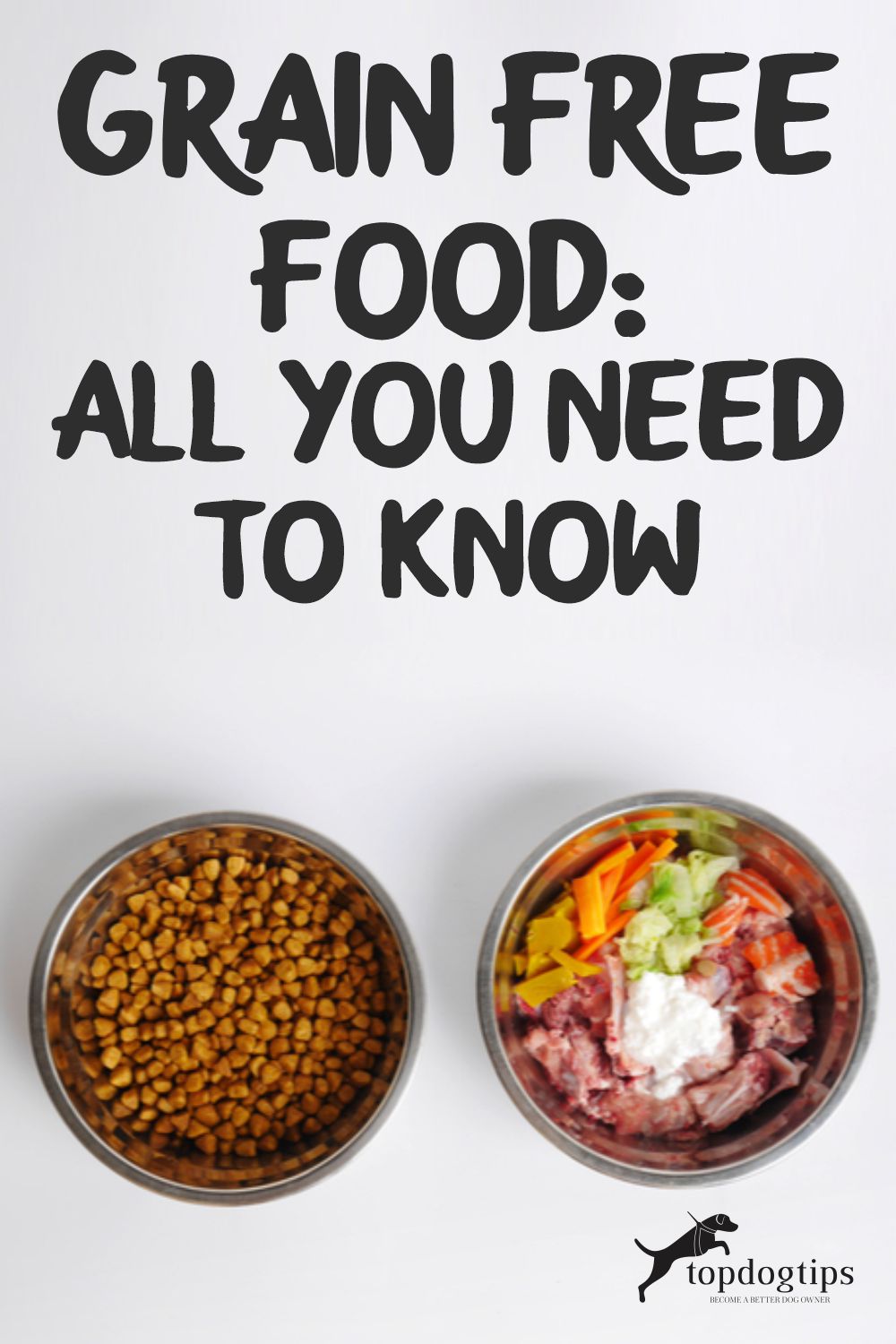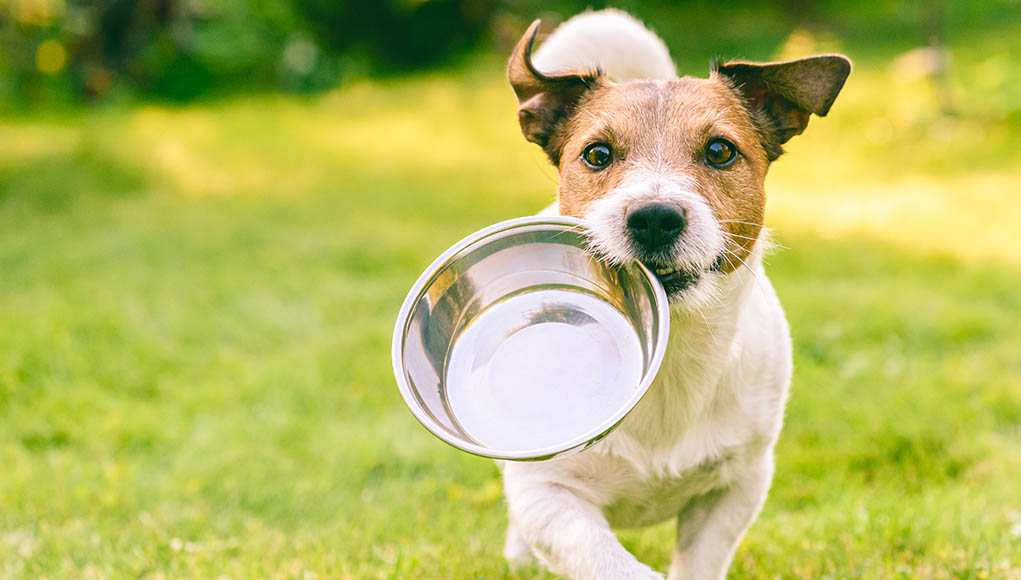Lots of meat, some vegetables and little or no grain. This is the formula that many dog lovers use to describe a healthy diet for their four-legged friends. But why is feed with too much grain considered to be of inferior quality and even harmful? Can dogs do without grain altogether? Here we tell you when it makes sense to switch to a grain-free diet and what to look out for when buying grain free food.
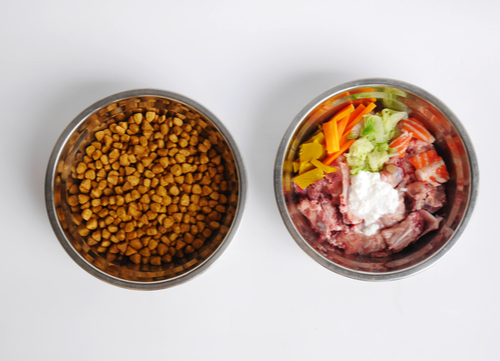
Natural Dog Food
It is fashionable to feed dogs as naturally as possible. This is confirmed by the rise of the BARF diet. The BARF (Biologically Appropriate Raw Food Diet) is an alternative raw diet designed to provide dogs with a modified homemade diet that consists of raw meat, bones, vegetables & fruits while eliminating all processed foods. It is based on the composition of wolf food. Many dog food manufacturers are opting for food that is as natural as possible. Food with selected, organic ingredients that resemble the wolf's prey.
The subject of grain plays an important role in this context. Compared to the proportion of animal protein, the wolf eats very few carbohydrates. Therefore, a high percentage of grain in dog food is considered unsuitable. And it's been seen as even harmful to our four-legged animals. Those who prefer a BARF diet do without grain completely. Instead of going raw, there are many types of prefabricated dog food that do not contain grain. Is it true that grain-free dog food is healthier?
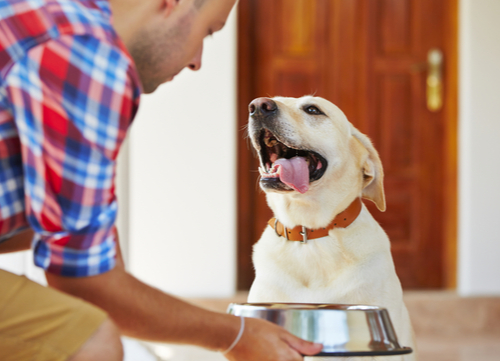
Important Nutrients for Dogs
Can dogs survive without grain. Let's take a look at the essential nutrients needed for dogs. We know that these descendants of the wolf primarily need protein. Protein serves for cell regeneration and provides them with most of their energy. Undoubtedly, the most important source of protein for dogs is meat. The variety and quality of the meat used will affect the digestibility and good absorption of protein.
Muscle, heart and fish are highly digestible and have a high protein content. Derivatives such as bones or other offal provide very little protein. However, even the best quality piece of meat will is not enough if the sole component of the food. Apart from animal protein, the carnivorous dog needs other nutrients. The wolf, eats its prey with bones, blood and intestines. The wolf and dog also need water, carbohydrates, fats, minerals and vitamins for a long and healthy life.
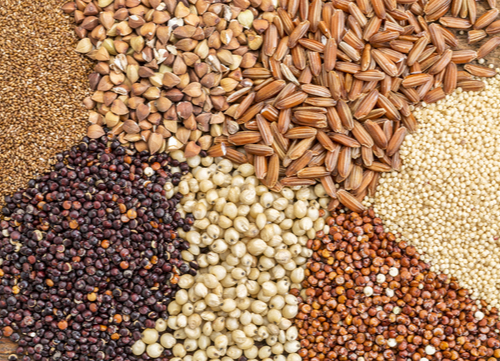
Do Dogs need Cereals?
Your dog can get carbohydrates from different ingredients in its food. Ingredients such as potatoes, rice or other cereals like wheat, oats, maize, barley, millet or spelt. Grain is a valuable source of carbohydrates as long as it has been processed properly. Too much grain can upset the stomach. Very sensitive stomachs react to too much grain with digestive problems such as diarrhea. In addition, cereal can trigger allergies. The proportion of grain in dog food should be around 10% and never more than 20%.
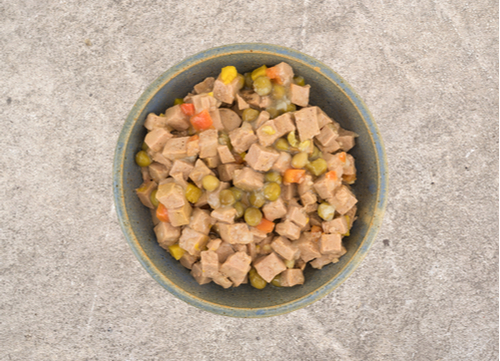
Is Grain-free Food better for Dogs?
To avoid the risk of digestive problems or allergies, many dog owners do without grain in their four-legged dog's food altogether. In fact, the necessary nutrients and dietary fiber can be found in potatoes, sweet potatoes, pumpkin or other vegetables. Therefore, a grain-free diet can provide all the essential nutrients for your four-legged dog. As long as your dog's individual needs are taken into account.
The intestinal tract of dogs is quite short compared to humans. This can make unprocessed carbohydrates in the form of grain difficult to digest. In contrast to wolves, domesticated dogs already have amylases in their genetic make-up. That is, there can be too many enzymes that facilitate the digestion and transformation of unprocessed grain, and nutrients cannot be absorbed.
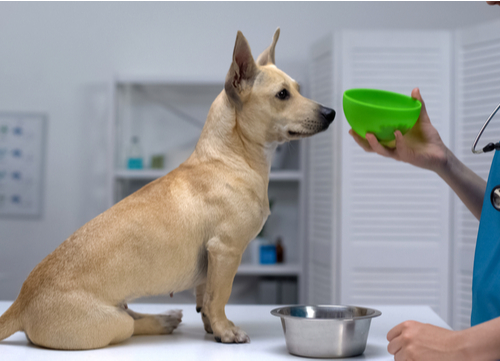
When is Grain Free Food Recommended?
Grain-free food is recommended especially for dogs with sensitive stomachs. Dogs with constant digestive problems or who tend to have diarrhea or constipation, can benefit from grain free food. Dogs with a high likelihood of developing allergies are also safer with cereal-free food. Certain cereal components such as wheat or maize can cause allergic skin reactions in sensitive dogs. These reactions can be itching, especially on the paws, ears and armpits.
The itching can cause dogs to scratch or lick themselves so much that the fur in the area falls out. This area can become infected. If your faithful canine friend has symptoms such as diarrhea or itching, grain free food can be a good solution to the health problems.
Grain Free, Gluten Free or Hypoallergenic? What is the Best Dog Food?
Hypoallergenic dog food completely avoids the most common allergens and uses rare types of meat. These rare meats can be kangaroo, horse, gazelle or water buffalo. Wheat is also avoided and is often replaced by rice, millet or maize. Grain-free food is best when your furry friend has an allergy to different types of grain.
Gluten intolerance, as in people with coeliac disease, is rare in dogs. And has so far only been demonstrated in the Irish setter breed. Gluten-free dog food does not contain wheat, rye and barley, but does contain other grains such as rice, maize and millet.
Characteristics of Grain Free Dog Food
Grain-free food can be of good quality and very tolerable. If it has a high meat content, which provides the dog with sufficient animal protein. Fresh ingredients, muscle and offal can be carefully prepared and supplemented with vegetables, fruit, important oils or herbs. Hard-to-digest carbohydrates such as wheat, oats, rye, barley, millet, maize and rice are in this feed. The manufacturers take into account the individual energy and nutritional needs of dogs. This will vary considerably according to age. You can offer grain-free food for older and adult dogs as well as for puppies.
Quality of Grain-free Food Matters
Grain-free food is not always of better quality than food containing grain. After all, the quality of a product does not only depend on the absence of ingredients such as grain. Meat must be of good quality, an indication of which is food that does not contain added sugars and other additives. If it contains flavor enhancers, artificial flavorings, preservatives and sweeteners it is a sign of inferior quality. Therefore, it is the description of the ingredients that informs us about the quality of a product and not its price.
Switching your Dog to a Grain-free Diet
Switching to a grain-free diet can be a good idea for dogs that tend to have digestive problems or allergies. It is ideal if you want to give your dog a food that is very well tolerated. This is because it consist of lots of meat and natural ingredients. The important thing when choosing a food, whether grain or grain-free, is that your dog's nutrient needs are met.
Your decision should depend on age, breed, weight, daily activity or general state of health of your dog. These factors will determine their individual nutritional requirements. A puppy or a very active dog that spends hours at the dog park has a lot more energy than an older dog that just wants to lie on the couch. Many manufacturers have cereal-free dog food for different ages and levels of activity.
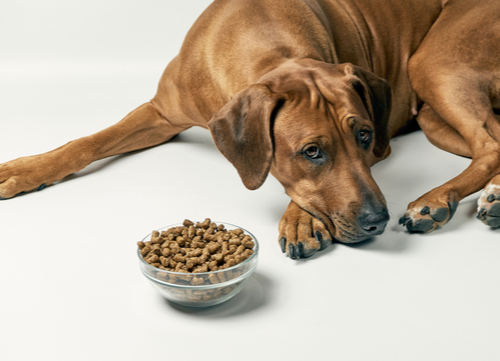
Does my Dog like Grain-free Food?
It's no use if your dog's food is the healthiest and dog doesn't like it and won't eat it. Gradually getting your dog used to the new food is key. If you have been feeding your dog cereal-based food, you can't just switch him to a new variety overnight. Some dogs are overwhelmed by this change. It can result in digestive problems such as diarrhea or severe constipation. They can also just refuse to eat it.
Make the change by feeding then gradually, replacing a small portion of the usual food with the new food. Each day you can increase the proportion of the new food. And in about two weeks, there is only grain-free food left in the bowl. If your dog absolutely refuses to eat the new brand, you should try different variations. Alternate between wet food and dry food. The food should not only be of good quality and provide your dog with the nutrients he needs, but he should also like it!
Conclusion
Dogs and cats can digest and metabolize carbohydrates. They can digest grain. As a general rule, grain-free food is not bad for your pets. But there is no evidence to suggest that it is the optimal diet. Grain-free cat foods may have a lower total carbohydrate content than grain foods. But no food type is completely carbohydrate-free. Grain-free foods may not reflect the macronutrient profile that domestic cats and dogs tend to prefer.
It is important to note that a food with a low total carbohydrate level must, by definition, be higher in protein and fat. So these foods may not be suitable for animals with certain health conditions. These can be chronic kidney disease or conditions requiring a lower fat content in the food.
Simply switching to a grain-free food does not necessarily mean an improvement in the clinical signs of RAA, as the most likely cause of RAA is animal ingredients, and dry grain-free foods typically include two of the ingredients most commonly associated with RAA in the cat. Cross-reactivity to other cereals has not been reported in the cat and dog with RAA to a specific cereal, and in humans it probably only affects 25%.
The important thing is to confirm that the pet is doing well on a well-formulated grain-free food, not forgetting the possible risk of CMD, as explained above. However, if a grain-free food is used with the aim of providing a more biological ancestral food, avoiding unnecessary blood glucose variations, improving the digestibility of the food in general and/or avoiding food allergies, it is possible that grain-free feeding shows no added benefits.
Read Next: Ask a Vet: Is Grain Free Food Bad for Dogs?
